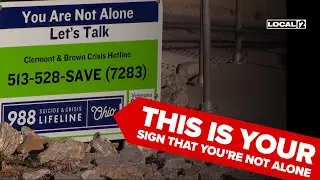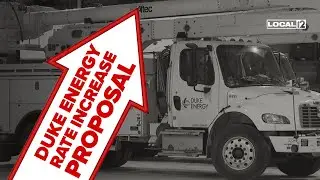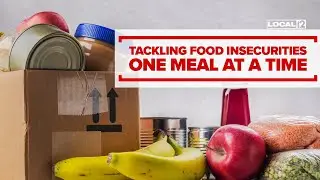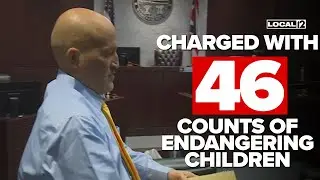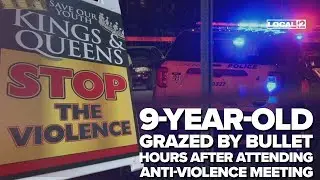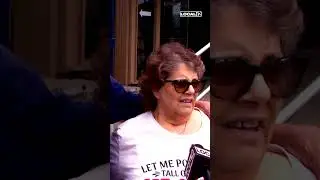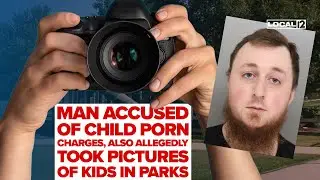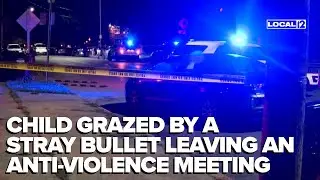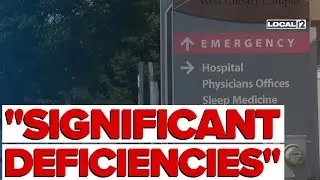"State of the Heroin Crisis" reveals both good, bad news
HAMILTON COUNTY, Ohio -- Heroin overdose deaths declined 20% in 2018 from the year before and a number of factors may have contributred to the decline, officials with Hamilton County's Heroin Coalition said Wednesday.
"We have a trendline in the community that is moving in the right direction," said Hamilton Co. Commisioner Denise Driehaus, who chairs the coalition.
Coroner Dr. Lakshmi Sammarco announced Wednesday that the numbers are not yet final, but currently deaths in the county from drug overdoses for 2018 stand at 440. In 2017, 570 deaths were attributed to drug overdoses. The decrease from year-to-year is more than 20%.
"It's difficult, though, to be overly optimistic because at any moment in time that's subject to change. We could have a bad batch on the street tomorrow and get a spike," Driehaus said.
Heroin Coalition members said Wednesday they've used a multi-prong approach to address the epidemic that's claimed thousands of lives. It includes prevention programs and drug takeback events to collect unused medications. Mary Haag, President of Prevention First, said more than 9,000 lbs. of unused prescription medication was collected at a 2018 drug takeback event. More naloxone, which reverses a drug overdose, is available in the community.
Hamilton Co. Health Commissioner Tim Ingram said more than 353,000 needles were exchanged in the Needle Exchange program in 2018. Ingram said swapping out the needles prevents the spread of diseases such as HIV and Hepatitis C. The needle exchange employees perform health screenings, administer pregnancy tests and talk to addicts about getting into treatment.
Heroin Coalition members say there's also more naloxone available in the community which reverses an overdose.
"I would say to you we're making lots of good progress. This is a collective effort by everyone that you have heard here," Ingram said.
In May 2018, Talbert House opened an engagment center where people who've overdosed - and others - can get help finding treatment.
"The data does show that treatment works and we want to get people into those different levels of care as soon as we can," said Neil Tillow, CEO of Talbert House.
Last year, Quick Response Teams expanded countywide to get people who've overdosed into treatment. The city of Cincinnati also has two teams.
The Heroin Task Force investigates opioid overdose deaths back to the dealer. The number of cases the task force initiated dropped 9.7% in 2018. The amount of heroin seized dropped 55% in 2018 but the amount of fentanyl mixed drugs seized skyrocketed 320%.
Coalition members call the fight a journey and in 2019, the work will continue as public health officials work to reduce the stigma surrounding addiction.
"People still look at this as not a disease but a moral failing. And a lot of people are still in denial," Ingram said.
Driehaus said Wednesday Gov. Mike DeWine made fighting the opioid epidemic a priority in his campaign. She said county officials have reached out to DeWine's administration to seek more funding for programs. The county is also working to implement a pre-arrest diversion program that would get addicts who commit crimes into treatment instead of placing them in jail.
Смотрите видео "State of the Heroin Crisis" reveals both good, bad news онлайн, длительностью часов минут секунд в хорошем качестве, которое загружено на канал LOCAL 12 05 Март 2019. Делитесь ссылкой на видео в социальных сетях, чтобы ваши подписчики и друзья так же посмотрели это видео. Данный видеоклип посмотрели 104 раз и оно понравилось 1 посетителям.





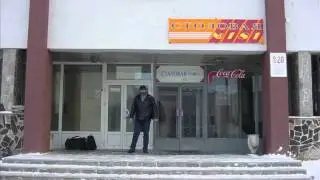
![[C4D - Poppy Playtime] (SpeedArt) Welcome to Playtime Co.](https://images.reviewsvideo.ru/videos/3TwetVvsRJ8)

